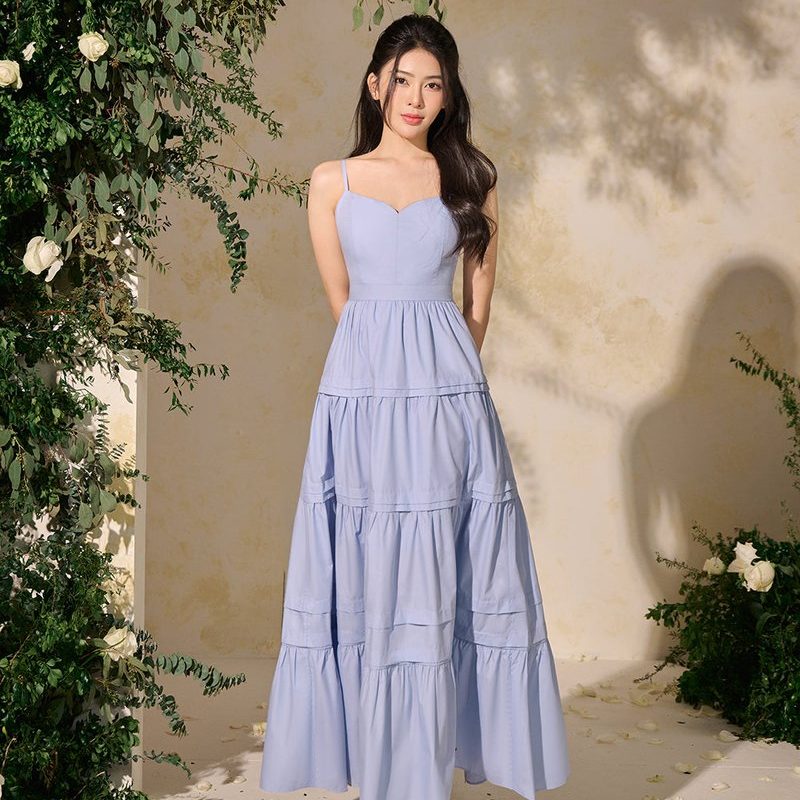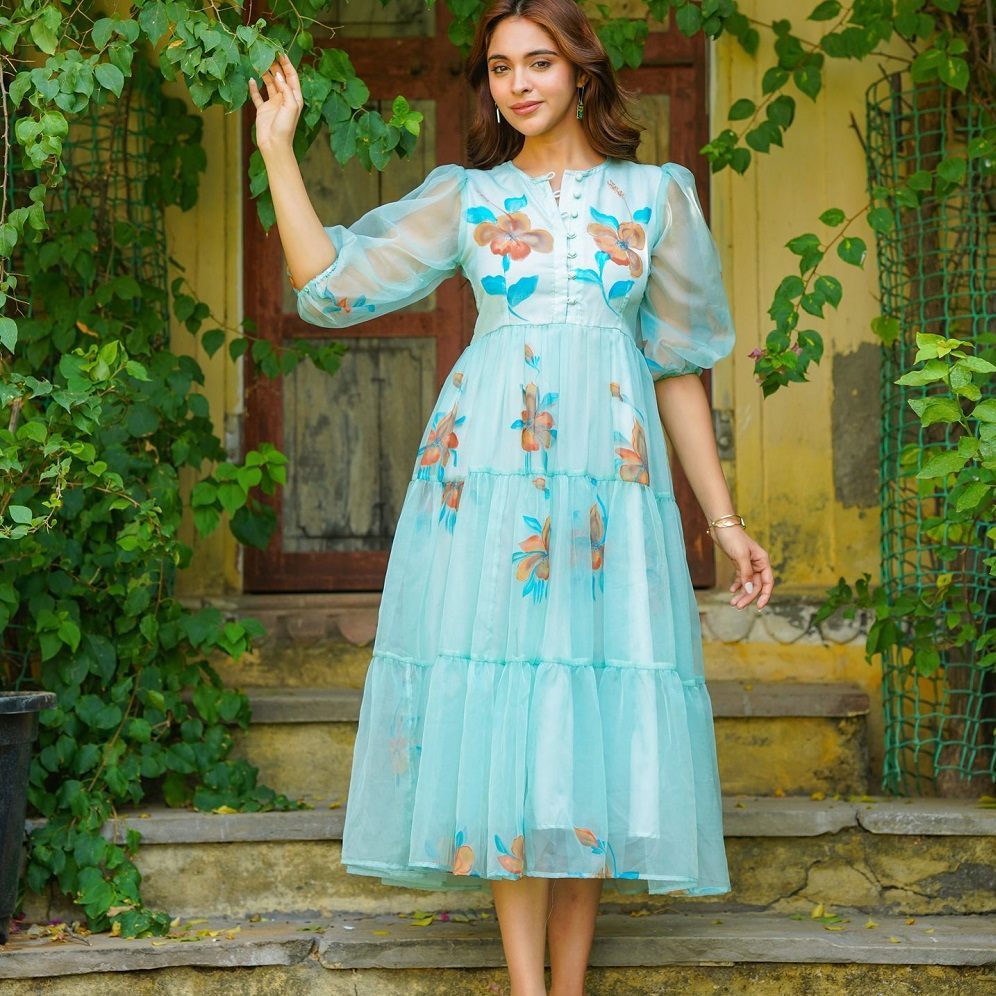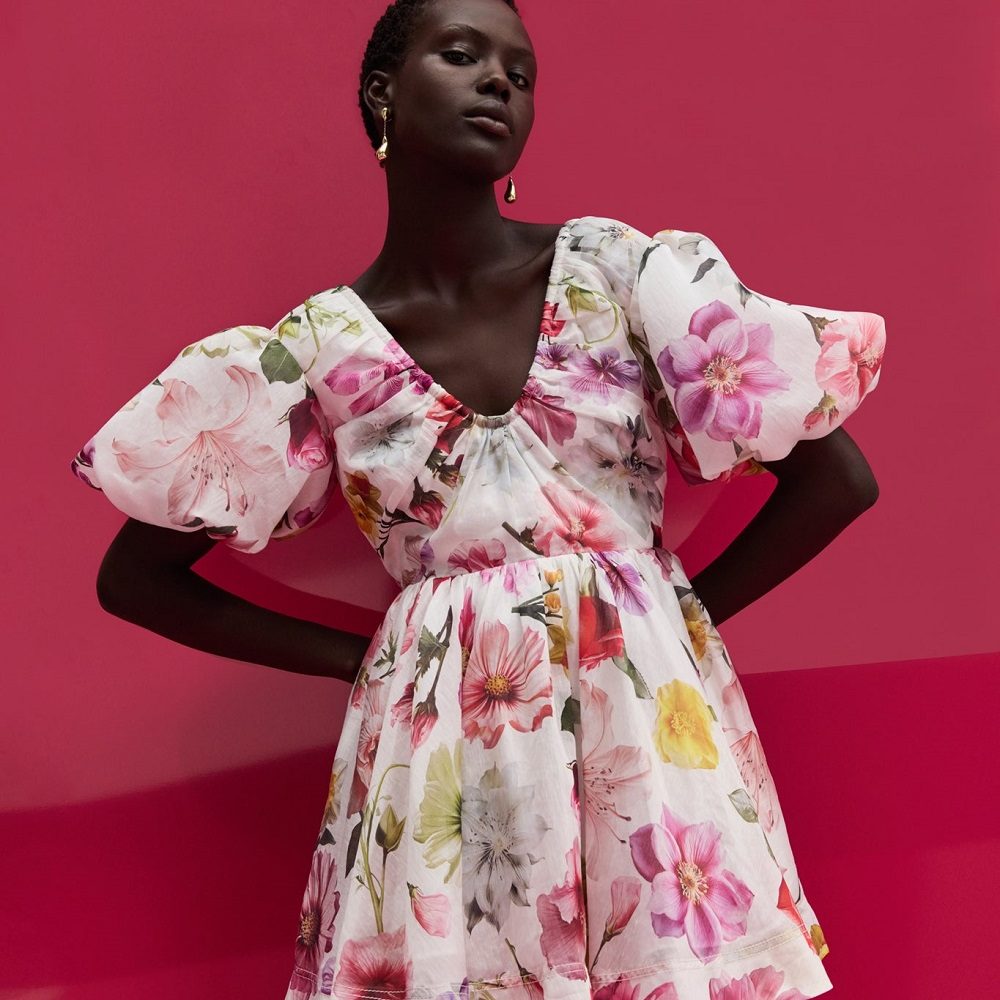In 2015, the internet was set ablaze with a simple photograph of a dress. The image sparked heated debates and widespread confusion over its color—some saw it as black and blue, while others insisted it was white and gold. This phenomenon, known as “the dress,” became a viral sensation and raised profound questions about visual perception and the science behind color. The debate not only captured the public’s imagination but also offered insights into how we perceive colors differently. What color is the dress? This article delves into the science behind color perception, the physiological and psychological factors involved, and what the dress phenomenon tells us about human perception variances.
Understanding Color Perception
The Basics of Color Vision
What color is the dress? Color perception is a complex process that involves the interaction of light, the eye, and the brain. When light hits an object, certain wavelengths are absorbed while others are reflected. The colors we perceive are determined by the wavelengths that our eyes detect. Human eyes have photoreceptor cells called cones that respond to different wavelengths of light. There are three types of cones: S-cones (short wavelengths), M-cones (medium wavelengths), and L-cones (long wavelengths). Together, these cones allow us to perceive a wide spectrum of colors.
The average human eye can distinguish millions of colors, but this ability can vary significantly from person to person. Factors such as lighting conditions, individual differences in eyesight, and even the presence of color blindness can all influence how we perceive colors. The famous debate surrounding “the dress” illustrates how such variances in perception can lead to widely different interpretations of the same visual stimulus.
The Role of Lighting
Lighting plays a pivotal role in how we perceive colors. The dress debate was significantly influenced by the lighting under which the photo was taken. Natural light, fluorescent light, and incandescent light all have different color temperatures that can alter the appearance of colors. For example, shadows and highlights can create an illusion of color and depth, affecting our interpretation.
In the case of the dress, some viewers interpreted the image as being lit by bright natural light, which made the dress appear white and gold. Conversely, others viewed it as being in a shadowy environment, causing them to perceive it as black and blue. This discrepancy highlights how lighting conditions can deceive our visual system, leading to different interpretations of the same object.

The Influence of Brain Function
Color Constancy
Color constancy is a crucial aspect of color perception that allows us to maintain the perceived color of an object regardless of the lighting. Our brains interpret colors based on surrounding colors and lighting, a process that helps us identify objects accurately. For instance, a white dress appears white in various lighting conditions because our brains adjust for changes in light.
In the case of “the dress,” the brain’s interpretation of the scene’s lighting influenced how individuals perceived the colors. Those who saw the dress as white and gold were essentially compensating for the lighting, viewing the colors in a way that was consistent with their expectations of how a dress should appear in natural light. Meanwhile, those who interpreted it as black and blue likely relied more on the shadowy aspects of the image, which led them to a different conclusion. This phenomenon demonstrates how our brain plays a vital role in interpreting color.
Visual Processing
The human brain processes colors using various neural pathways. Different areas of the brain are responsible for analyzing color information and integrating it with other sensory data. When observing an image, our brains must quickly assess the colors presented, consider context, and make sense of spatial relationships. This processing is extremely rapid and often unconscious.
In some cases, our brains may prioritize certain elements over others, leading to a misinterpretation of color. When the image of “the dress” surfaced, people’s unique perspectives created significant variation in color perception. Each individual’s brain had slightly different processing paths based on their experiences, biases, and environmental contexts. This explains why two people can look at the same picture and come away with entirely different interpretations.

Psychological Factors at Play
Personal Experience and Bias
Human perception is shaped not just by biology, but also by personal experience and psychological factors. Culture, memory, and context all influence how we perceive colors. For instance, if an individual has had strong experiences with certain colors—perhaps due to fashion, art, or brand associations—those associations may bias their perception.
For example, if someone has a mental image of a dress they previously saw that was white and gold, they may be more inclined to interpret the viral dress in the same way. Interestingly, biases can change over time. As people see more representations of colors, they may adjust their perceptions. Social media and widespread discussions around “the dress” allowed people to examine their biases and explore new perspectives, leading some to change their initial opinions.
The Impact of Social Influence
Social interactions can also play a significant role in how we perceive colors. Group dynamics often influence individual opinions and perceptions. When people discuss their thoughts about “the dress” and view others’ opinions, they can sway their understanding. If someone reads a friend’s explanation for seeing a color differently, they may start to interpret the dress in a similar way—even if they initially saw it as a different color.
This social influence illustrates that human perception is not isolated; it can be affected by how others express their opinions and interpretations. The dress phenomenon became a collective experience that led people to examine their viewpoints and reinterpret their perceptions. The dialogues and debates surrounding the dress provided an opportunity for individuals to learn from one another and reassess their understanding of color perception.

Color Blindness and Variability
Understanding Color Vision Deficiency
Color blindness is a condition that affects how some individuals perceive colors. It occurs when certain cones in the eye are not functioning correctly, leading to difficulty distinguishing between certain colors. The most common type of color blindness is red-green deficiency, which causes individuals to struggle to differentiate between red and green hues.
In the context of “the dress,” people with color blindness may have perceived the image differently than those with typical color vision. For someone who has a red-green color deficiency, the shades of the dress may appear muted or indistinguishable from one another. This circumstance presents an additional layer to the conversation around color perception, highlighting how individual differences influence our experience of color.
Implications for Design and Accessibility
The conversation surrounding “the dress” sheds light on the importance of considering color accessibility in design. Understanding that different individuals perceive colors differently can inform decisions in various fields, from fashion to graphic design. Designers must be mindful of color contrasts, ensuring designs are accessible to everyone, including those with color blindness.
For instance, businesses should consider how their branding appears to people with varying degrees of color vision. The discussion inspired by the dress phenomenon has emphasized the need for inclusive practices that accommodate diverse perceptions. Effective communication and awareness of color perception variances can lead to designs that resonate with a wider audience.

The Role of Culture and Environment
Cultural Interpretations of Color
Culture plays a significant role in how colors are perceived and understood. Different cultures associate colors with various meanings, emotions, and symbolism. For example, while many people in Western cultures often associate white with purity and weddings, individuals in certain Eastern cultures may view it as a symbol of mourning. This cultural lens can shape individual experiences and interpretations of color.
The “dress” captured the cultural aspect of color perception, as individuals from different backgrounds discussed their interpretations. Some people may have approached the dress image with specific cultural associations that influenced their perception of its color. Understanding how culture informs color perception can lead to a richer understanding of human experience in diverse contexts.
Environmental Contexts
Environmental contexts can also significantly impact color perception. Factors such as geographic location, time of day, and weather can influence how people perceive and interpret colors. For instance, the same dress viewed under a bright blue sky may appear differently than it would on a cloudy day.
The concept of color perception variances reaches beyond personal and psychological factors; it encompasses broader environmental influences. The discussion around “the dress” exemplifies how nuanced and multi-faceted color perception can be, reflecting the complex interplay of environmental, biological, and cultural elements.

Exploring Scientific Studies
Research on Color Perception
Numerous studies have been conducted to understand the science behind color perception. One of the prominent research areas is examining how lighting conditions and surrounding colors impact perception. Scientists have used various visual stimuli to investigate how different contexts can lead to color misinterpretations.
Researchers have also studied how human brains process colors at different ages and how developmental stages affect perception. Such studies highlight that perception is not static; it evolves with experience and learning. The scientific community continues to explore these concepts to help understand how color perception works in the brain.
The Impact of Technology
Advancements in technology also contribute to understanding color perception. Digital displays, virtual reality, and augmented reality offer new insights into how we perceive colors in different mediums. For instance, screens can affect color representation, prompting further inquiry into the specifics of color rendering on various devices.
The science of color perception is becoming increasingly important in fields like computer vision and artificial intelligence. Understanding how humans perceive colors can inform algorithms and technologies designed to replicate or interact with human perception. The dress phenomenon provided a real-world application of these concepts, as scientists studied the image’s color variances among viewers.
The Complexity of Color Perception
What color is the dress? In conclusion, the viral phenomenon of “the dress” unveiled the fascinating complexities of color perception. Several elements, from biological responses to social influences and cultural interpretations, contribute to how individuals perceive colors. The debates generated by the dress have encouraged further exploration of the science, psychology, and sociology of color perception.
Understanding the nuances of color perception can foster empathy and awareness among individuals. Recognizing that our experiences of color can differ due to biological, cultural, and psychological factors can help us appreciate the diversity of human perception. As science continues to unravel the intricacies of how colors are perceived, we gain deeper insights into the human experience.
Ultimately, “the dress” served as a catalyst for a broader discussion about color, perception, and individual differences. By examining our views and challenging assumptions, we can embrace a richer understanding of reality and the multitude of perspectives that make us unique. Color, as subjective as it may be, remains an essential part of our visual world, influencing everything from art and design to communication and identity.
